Time out of time
It’s been a daydream of mine for a long time– to find a little house to rent in France and stay there long enough to become chummy with the butcher. This was the year I finally did it. I rented a cottage on the grounds of the restored 15th century Chateau de Lerse in the southwestern region called the Charente. Though I thought I knew what to expect I did not know how truly rural and agriculturally focused France could be.
I believe the grounds of the chateau were the quietest place I have ever been. The fine old castle sits on a farm of around 125 hectares and is surrounded by miles and miles of farms, some as large as 10,000 hectares. It is a region of vineyards grown for cognac, as well as sunflowers, and feed corn. They appear in fields like a patchwork quilt thrown over a sleeping woman, rolling hills and gentle valleys, all calm under a flawless blue sky. The air is clean and the colors crisp and intense. At night every star is visible.
Along with the cottage came two lovely friendships with the kind and charming couple who manage the farm: Yveline, its chef and household manager, and Pascal, its farm and grounds manager, whose stone house is next to the gîte. When the chateau was empty of guests Yveline gave us a tour. It has been transformed from a ruin with rain falling onto its floors, into a comfortable and breathtaking home of baronial proportions. Even the round stone pigeon house has been converted to be an enchanted little dwelling.
My temporary home is attached to a 500 year old stone barn with post and beam supports created from enormous whole trees, trunk and limb. I was so drawn to its venerable construction, its heavy terra cotta roof with hundreds of years of patina, its slope and undulation, that it became the subject for a little painting.
When I arrived at the gîte I opened the tall windows in my bedroom, with its two foot thick stone walls, and left them open for two weeks. And every night a dome of stars and the smear of the Milky Way appeared overhead. I would, every night, prop my head on the stone wall and look at Mercury and Venus and count my blessings. When I woke, from the vantage point of my bed, I could see the chateau’s ancient tower rosy in the daybreak. The silence and isolation of the Chateau de Lerse was so complete that I could hear the tires of a car contact the asphalt of the road two miles away. There were no frogs or crickets, and often little birdsong other than the occasional dove. There were locks on the doors but no one ever used them or mentioned a key.
We arrived in the area late one evening and fearful we’d not have anything to eat when breakfast arrived, we stopped in a village nearby to pick up a few provisions. The only place open was a funky little ill-stocked convenience store cum florist shop called Chez Fatima. We picked up a few things, including a bottle of wine to have once we arrived. We didn’t think much about it, just grabbed some snacks and a 6 euro bottle. Later that night we opened it and were shocked that it was an absolutely wonderful eleven year old Bordeaux. Thus began our romance with the region’s offerings.
We fell in love with the local cognac distillery which is housed in a fine old chateau, having once been the home of the French writer, Alfred de Vigny. It is now a family business that is run cordially and casually by three generations who invite the wanderer to visit their small museum in the chateau, devoted to the life and writings of de Vigny, and to sample all their fine products, including a generous pour of their 25 year old cognac. If I’d waited 25 years for something to come to fruition I doubt I would feel disposed to sharing it with every passerby. But they do, and we became loyal customers after that visit.
Every day we would strike out in a different direction, looking for the local farmers market wherever it happened to be that day. We’d bring back the bounty to cook in our cozy kitchen. At night we dined outdoors in our stone-walled terrace. Rabbit with prunes, turnip and potato purée flavored with duck fat, foie gras, locally made sausages grilled over oak, crusty bread, fresh oysters all come to mind. Pascal brought us strawberries he’d grown, a cultivar developed from the wild local berries. Another day he brought us an enormous box of pink fleshed peaches from the little orchard. From that there were oak grilled pork medallions with a pear-peach reduction.
One memorable night we went to a restaurant in a tiny village nearby that had been recommended by a native. We were the only people there who were not French. The place was filled with burly sunburned French famers and their wives, all of whom received a hug from the proprietor/chef, who wore a black tee shirt and a hat like a hot dog stand man. The placemats and napkins were paper, and the food was elevated. I was in love with the total simplicity of the place contrasted with the refinement of the food.
Every day we would visit one or several of the 400 small village churches in this region, all Romanesque in origin, c.1100, and many modernized in Gothic times. When we could look inside we marveled at the pure acoustics, the haunting echoes, the traces of wall painting, the vaulted or beamed ceilings, the deeply spiritual austerity. We stopped at every one to notice out front the ever-present memorials to the boys lost in World War I, each and every one of their names carved in stone . Hundreds and hundreds of names. I try to imagine the grief of a mother country whose beautiful boys were cut down, their strong arms not tossing hay, laying stones, bringing harvests, but instead guarding, protecting, in the way of men of all times.
It was a visit rich with images. I think back to the tiny Romanesque church with the towering ancient ladder aimed at the belfry but looking more like it was bent on reaching heaven, built of oak, twisted and crooked–organically rising from the stone floor. I think of the tiny shells mixed in with the stones on the ground to remind one of this place’s ancient status as seabed, the slope and pitch of rock buildings and terra cotta roofs, beamed underpinnings slowly and gracefully accepting the cant of that weight, developing their own rhythm. Wine bottles with a touch of mold in the tasting and dust on the bottles. Blackberries growing in huge clusters, the patent leather shiny ones sweet as sugar. Pollen floating on the farm pond, or mist rising off of it early in the morning. The sound of friends’ laughter. Stone walls holding heat, and holding silence. Pascal watering the vegetable garden with an arc of spray in the afternoon light. Some hours summer hot and some spicy autumn cold. A whole farm community gathered together around the town square on a Saturday afternoon to play boules. Four matches going on at once.
But I always come back to the faces of the people I met. The French do not ignore people. They acknowledge them, universally, as a cultural norm. It is a kind of built in civility that is noticeable to an American accustomed to ignoring and being ignored. So among my loveliest images from my visit are the faces, the eye contact and greeting of a couple of 12 year old boys bicycling by me on the street, the eyes and smile of the lady at the charcuterie, the concerned faces of people trying to give me directions, the many faces I passed who looked at me and acknowledged that I existed, for that moment, in their world.


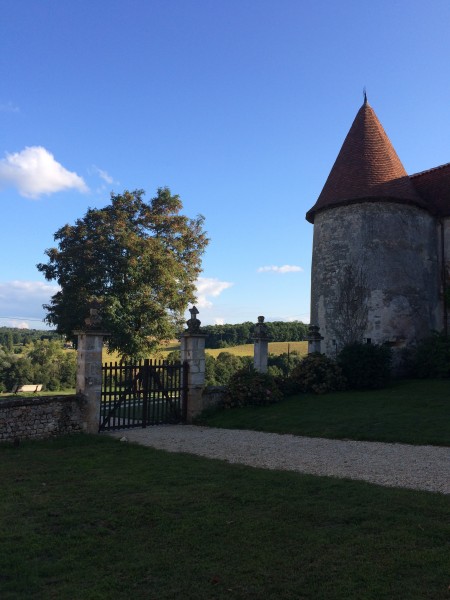
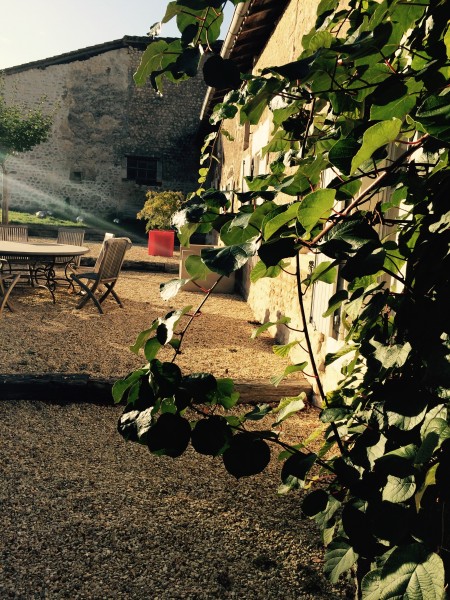

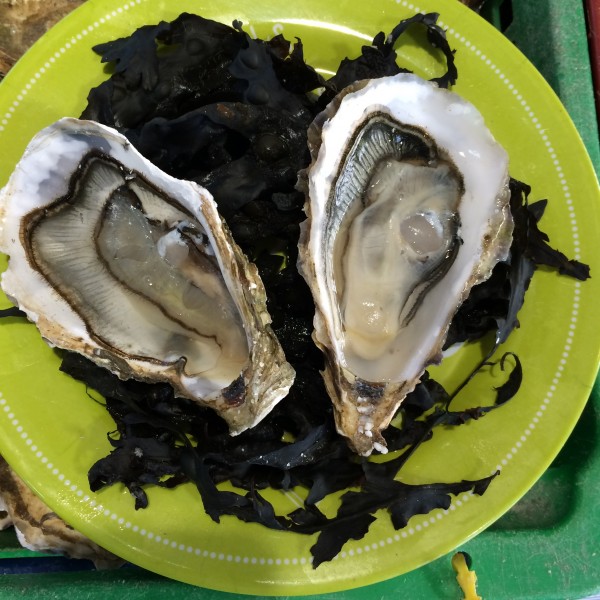
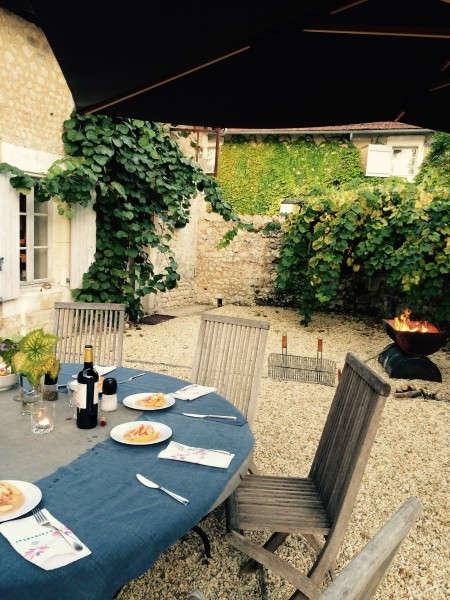

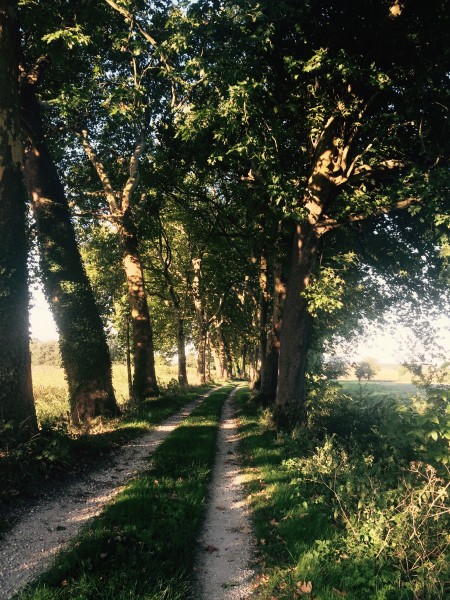
Thank you for writing so eloquently and sharing an experience which resonates deeply with me! I’m so glad you had this opportunity, and I hope to savor my own sometime in the future, too.
Thank you, Susan, for the kind comments. I know you had some great adventures, too, simultaneously!
I found your article delightful. I know la France a bit too and it took me back to time spent there. Thanks.
Thank you so much for your very kind comments!
Thanks for sharing your sights and experiences in France. This is beautiful and it was fun imagining you and friends there.
Thanks, Jack! It was a really special time.
This is beautiful … There’s a collage of mental images captured by the reader in every paragraph … Thanks for sharing.
So glad you liked it, Barbara. It was a great experience and fun to write about.
Beautifully written!
Thanks so much, Gail. One traveler to another.
As usual, you inspire me to lengthen my bucket list. You find THE BEST secret places.
Thanks, Boo! It’s tough research but somebody’s gotta do it!
I am so glad you are having a great time. I loved reading about your adventures and creating your story in my mind as I read. It was truly delightful! I hope you enjoy the rest of your time in France. Thank you for sharing 🙂 Safe travels and see you sooner rather than later 🙂
Well….WOW…..so descriptive, but the last paragraph is what I try to share with all our guests who come to France and usually have a skewed vision of the French….You nailed it…the civility, the greetings, the 12-year old boys….
I enjoyed your beautiful story and remarked to myself that one must have great inner resources to become immersed in simplicity and to capture the nuances of the experience. I look forward to seeing how it may be expressed on canvas.
Thank you, Suzanne!
Thank you for letting me peek into the world through your artistic eyes!
Many thanks, Lisa!
Did you done any colored pencil artwork in 1979 and sign it Elizabeth Millsaps?
Wayne,
I’m just now seeing your comment. I hope you see this response. Yes! is the answer. I worked only using colored pencils in the 70’s and early 80’s. I was married then and signed my work Elizabeth Bradford Millsaps.